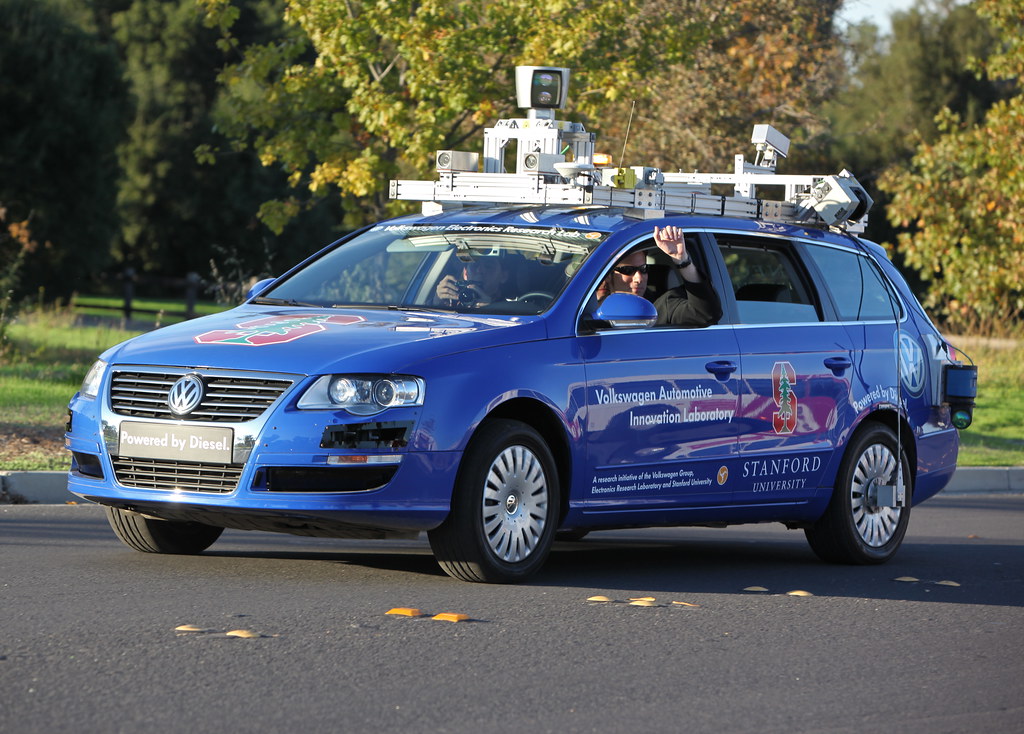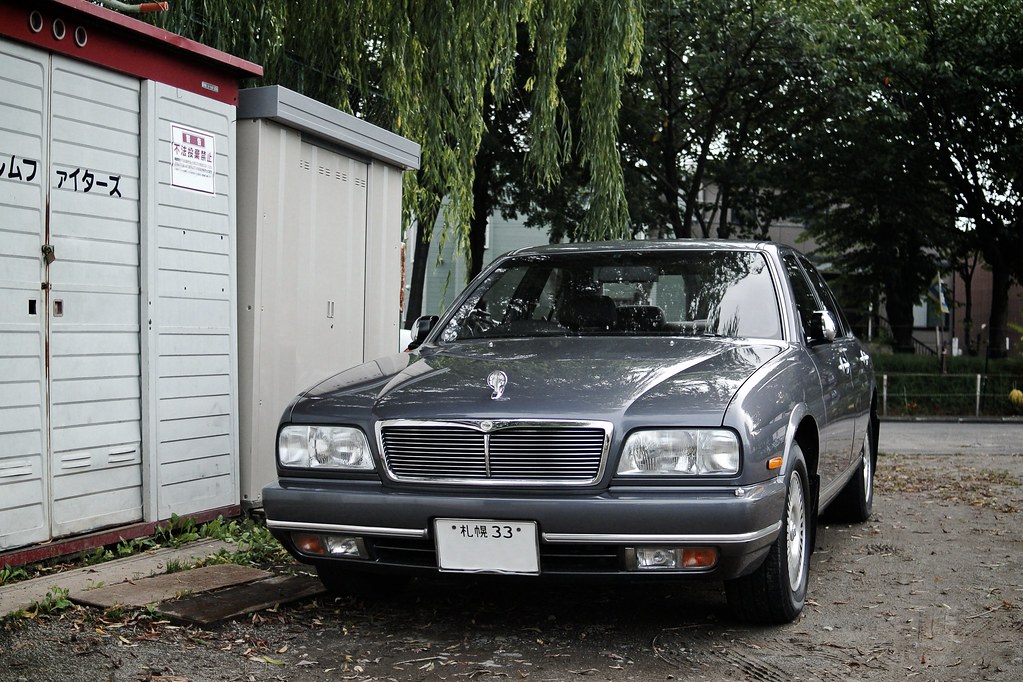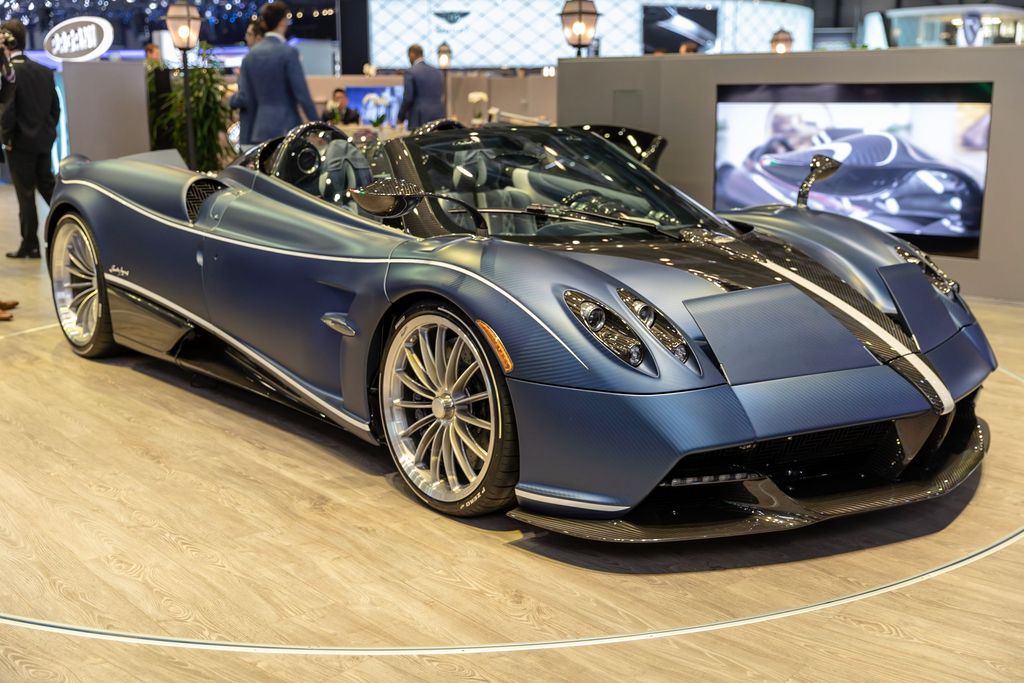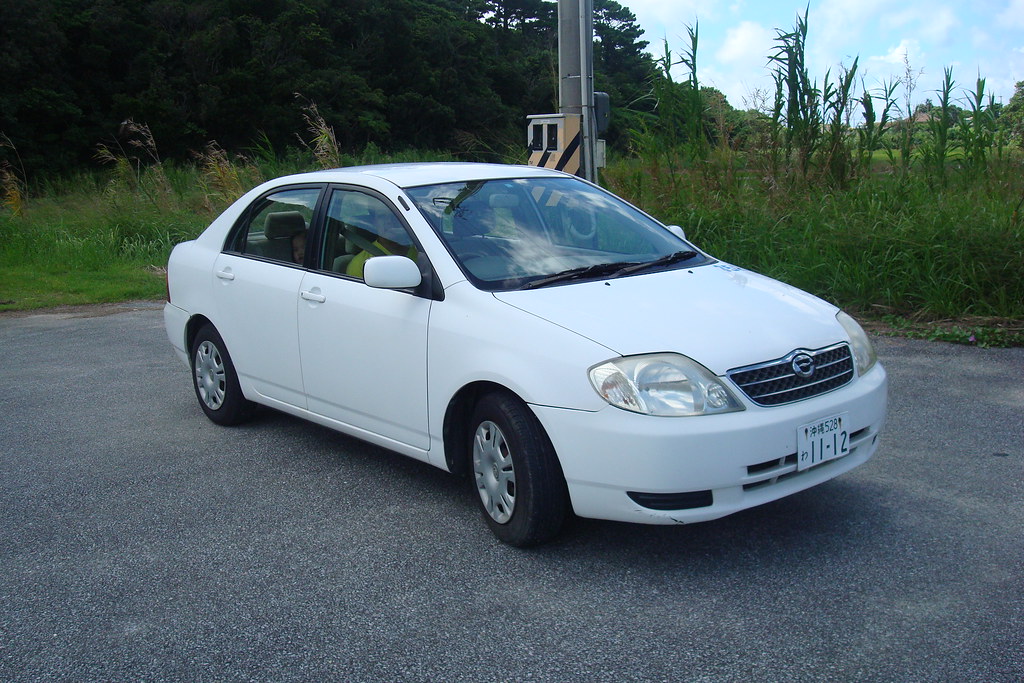
Owning a car is a continuous expense, and for many of us, it means navigating monthly payments for years. Beyond the initial purchase, vehicles demand ongoing investment for repairs and maintenance. With the average car on American roads now pushing 13 years old, the cost of car ownership has become increasingly crucial for the financial stability of many households. Understanding where your money goes, especially regarding replacement parts, can make a monumental difference in your long-term budget.
It’s important to understand that the term ‘cheap parts’ doesn’t automatically translate to cheap quality. In fact, many cars feature affordable replacement components while maintaining remarkable reliability. Today’s definition of a good, cheap car is vastly different from the bare-bones vehicles of the past that came with crank windows and rubber flooring. Thankfully, those days are behind us, and modern affordable cars are those that meet daily needs, offer a satisfying driving experience, and typically require little more than routine oil changes and occasional maintenance.
This article aims to shed light on 15 car brands that stand out for their significantly lower long-term ownership costs, often influenced by the affordability of their replacement parts and overall maintenance demands. By studying comprehensive data on cumulative maintenance and repair costs over a decade, we can identify brands that offer substantial savings. As Steven Elek, Consumer Reports’ program leader for auto data analytics, notes, “The difference to maintain a car on average between some brands can be thousands over a 10-year time frame,” making it literally pay to study cost of ownership before you buy.
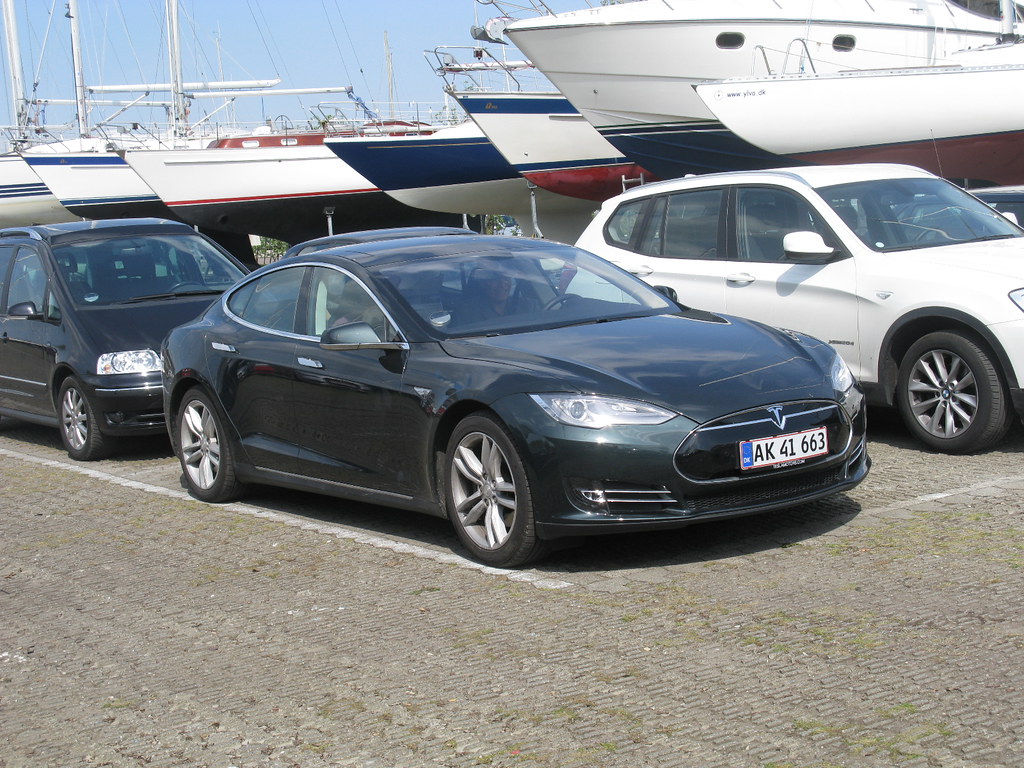
1. **Tesla**
Tesla takes the undisputed top spot in terms of low long-term ownership costs, securing the number one rank in Consumer Reports’ study with an estimated 10-year cost of just $4,035. This surprising performance comes despite electric vehicles (EVs) sometimes facing initial problems more often than their gas-powered counterparts. The key to Tesla’s affordability in upkeep lies in the fundamental design of electric cars.
Electric vehicles inherently possess fewer moving parts than traditional gasoline-powered cars. Advocates have long highlighted this aspect, promising lower maintenance and repair costs over time. While this hasn’t always been universally true for all EVs, Tesla, as the brand that has sold the most electric vehicles, appears to have effectively refined its technology and sorted out many of the quirks associated with it.
Specific models, such as the Tesla Model 3, particularly showcase this minimal upkeep. Over a decade, the expected total cost for maintenance and repairs for a Model 3 is incredibly low at just $3,587. Annual maintenance expenses for this model begin at $169 in the first year and gradually rise to $610 by the tenth year, reflecting a very manageable financial commitment.
Furthermore, the probability of a major repair for the Tesla Model 3 is remarkably low, standing at only 8.6%. This figure underlines the robustness of its design and engineering. Most routine service visits for a Model 3 involve little more than a tire rotation, truly demonstrating how minimal the ongoing upkeep requirements are for this pioneering electric sedan. Tesla’s leading position suggests that as EV technology matures, their initial promise of lower maintenance costs is increasingly being realized.
Read more about: Are Driver-Assist Systems Really Safe? A Comprehensive Consumer Reports Review and Real Owner Insights on Close Calls
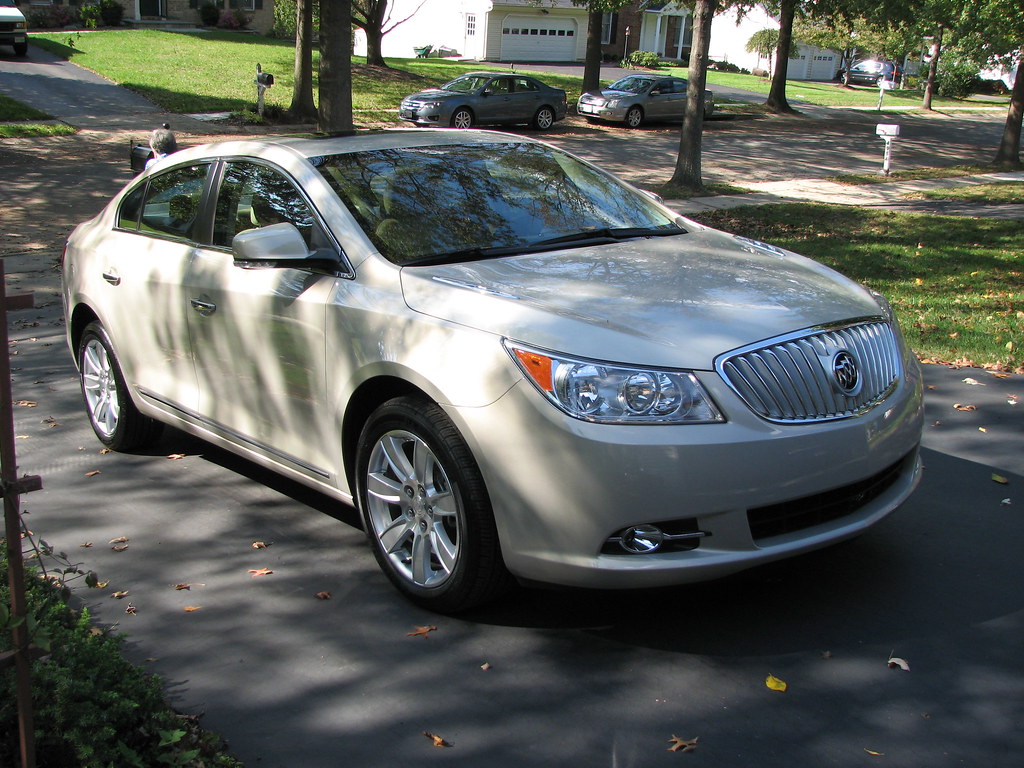
2. **Buick**
Buick, often considered a domestic luxury brand, secures an impressive second position in the Consumer Reports rankings for 10-year ownership costs, totaling $4,900. This places Buick in a surprisingly strong position, especially when compared to other brands within the broader automotive landscape. Its ability to offer competitive long-term costs makes it an attractive option for those seeking a blend of comfort and financial prudence.
The context specifically highlights that GM’s Buick brand outperforms its mainstream Chevrolet cousin in terms of ownership costs. This insight is significant because it suggests that Buick, despite its more refined image and features, manages to keep its maintenance and repair expenses notably low over time. This performance can be a pleasant surprise for many consumers, challenging common perceptions about luxury vehicles always being expensive to maintain.
Buick’s position on this list underscores a broader point made by experts: it’s possible for domestic luxury brands to offer lower maintenance and repair costs compared to some international counterparts. For consumers considering a luxury model, Buick presents a compelling case for smart spending, where a premium experience doesn’t necessarily lead to exorbitant long-term financial commitments. This ranking solidifies Buick’s reputation as a brand that offers both quality and an appealing cost of ownership.
Read more about: 13 Expert Secrets to Negotiate the Lowest Price on Your Next Car Lease Agreement
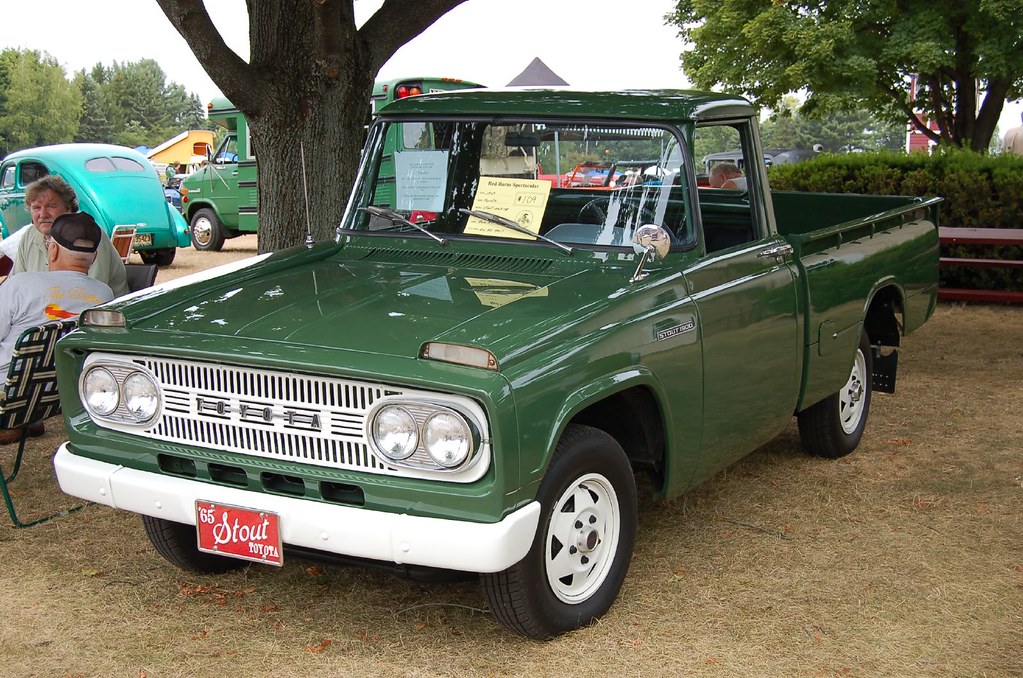
3. **Toyota**
Toyota consistently ranks high in reliability, and it also secures a commendable third place in the Consumer Reports study for 10-year ownership costs, matching Buick at $4,900. This impressive standing is largely due to Toyota cars coming with “fairly affordable replacement parts,” with an average cost of around $149 for most common components. This commitment to accessible part pricing significantly contributes to lower overall maintenance expenses.
Various Toyota models exemplify this dedication to affordability. For instance, specific parts like a shock absorber for a Toyota can cost as low as $74, while front brake pads are typically around $56, and an oil filter is just $17. Even a major repair like an engine overhaul on a 2014 Toyota Prius costs “just around $83,” which is remarkably low. These figures illustrate the brand’s commitment to keeping repair bills manageable for its owners.
The low cost of parts directly translates into considerably lower repair and overall maintenance costs. On average, Toyota owners spend “just around $770 for the annual maintenance of their cars.” Models such as the Corolla, Prius, Tacoma, and the Camry (XL version) are specifically noted for having the most affordable parts within the Toyota lineup. This combination of inexpensive components and inherent reliability makes Toyota a perennial favorite for budget-conscious drivers.
The Toyota Corolla further showcases this value, with expected maintenance and repair costs totaling $4,087 over ten years, starting at $148 annually and rising to $755. The risk of a major repair during that period is a low 11.9%. Similarly, the Toyota Prius, a pioneer in hybrid technology, boasts expected 10-year maintenance and repair costs of $4,008, with an 11.2% likelihood of a major repair, making it a highly practical and cost-effective choice focused on long-term value.
Read more about: Are Driver-Assist Systems Really Safe? A Comprehensive Consumer Reports Review and Real Owner Insights on Close Calls
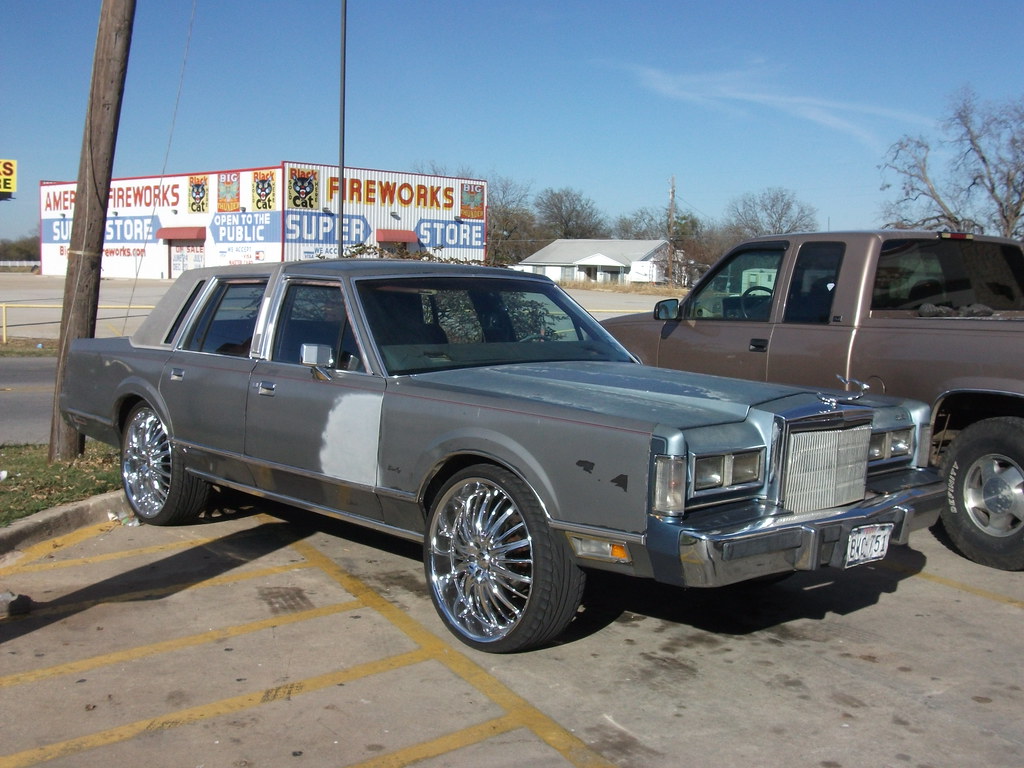
4. **Lincoln**
Lincoln, Ford’s luxury division, secures a respectable fourth place in the Consumer Reports ranking for 10-year ownership costs, with an average expenditure of $5,040. This position is particularly noteworthy because it demonstrates that even luxury brands, especially domestic ones, can offer a more financially palatable ownership experience compared to some of their high-end international counterparts.
The study explicitly points out that “Ford’s Lincoln luxury brand outperforms Ford” in terms of long-term maintenance and repair costs. This is an intriguing revelation, suggesting that Lincoln has managed to balance its premium offerings with reasonable upkeep expenses, even surpassing its parent company in this specific metric. It underscores that higher initial cost or luxury status doesn’t always guarantee higher maintenance burdens.
Steven Elek from Consumer Reports advises, “If you are considering a luxury model, it may be wise to purchase one from a domestic brand that may have lower maintenance and repair costs.” He provides a striking comparison: “For example, over 10 years, Mercedes-Benz models are more than double the cost to maintain and repair as those from Lincoln.” This highlights Lincoln’s strong value proposition within the luxury segment.
Lincoln’s ability to offer a sophisticated driving experience without the exorbitant long-term costs often associated with luxury vehicles makes it a compelling choice. For consumers who desire the comfort and features of a premium car but are also mindful of their budget, Lincoln presents an attractive and sensible option, proving that luxury doesn’t have to break the bank over the long haul.
Read more about: Are Driver-Assist Systems Really Safe? A Comprehensive Consumer Reports Review and Real Owner Insights on Close Calls
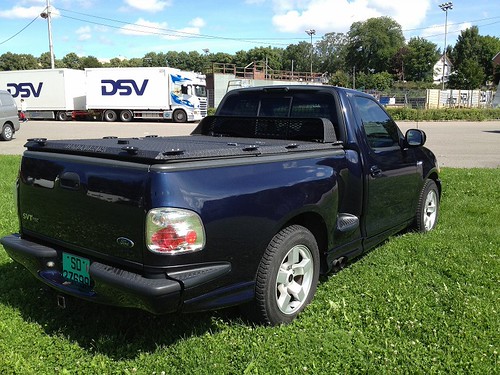
5. **Ford**
Ford positions itself in the fifth spot on the Consumer Reports list, with an estimated 10-year ownership cost of $5,400. While the brand may not always be celebrated for having the most reliable cars, its commitment to reasonably priced replacement parts certainly helps mitigate overall expenses for owners. On average, most common Ford replacement parts are priced around $136, making routine repairs more accessible.
Owners of models like the Ford Focus, Fusion, and Escape particularly benefit from these affordable parts. For example, a shock absorber for a Ford is typically around $140, front brake pads cost approximately $67, and an oil filter is a mere $22. Even a windshield wiper blade set comes in at about $36. These transparent and reasonable prices for individual components play a significant role in managing overall maintenance budgets.
Despite the cheap replacement parts, Ford cars are not always the absolute cheapest to maintain, with owners spending around $775 annually on average for car maintenance, which includes an annual repair cost of approximately $550. However, the affordability of parts helps to keep these figures from soaring higher, demonstrating a balance between initial reliability concerns and manageable repair costs.
Ford’s presence on this list, despite some reliability criticisms, underscores the crucial impact that parts accessibility and pricing have on long-term ownership. The brand’s efforts to keep common replacement parts affordable provide a valuable advantage for drivers, helping to make the overall cost of running a Ford more predictable and less daunting over a decade of ownership.
Read more about: Are Driver-Assist Systems Really Safe? A Comprehensive Consumer Reports Review and Real Owner Insights on Close Calls
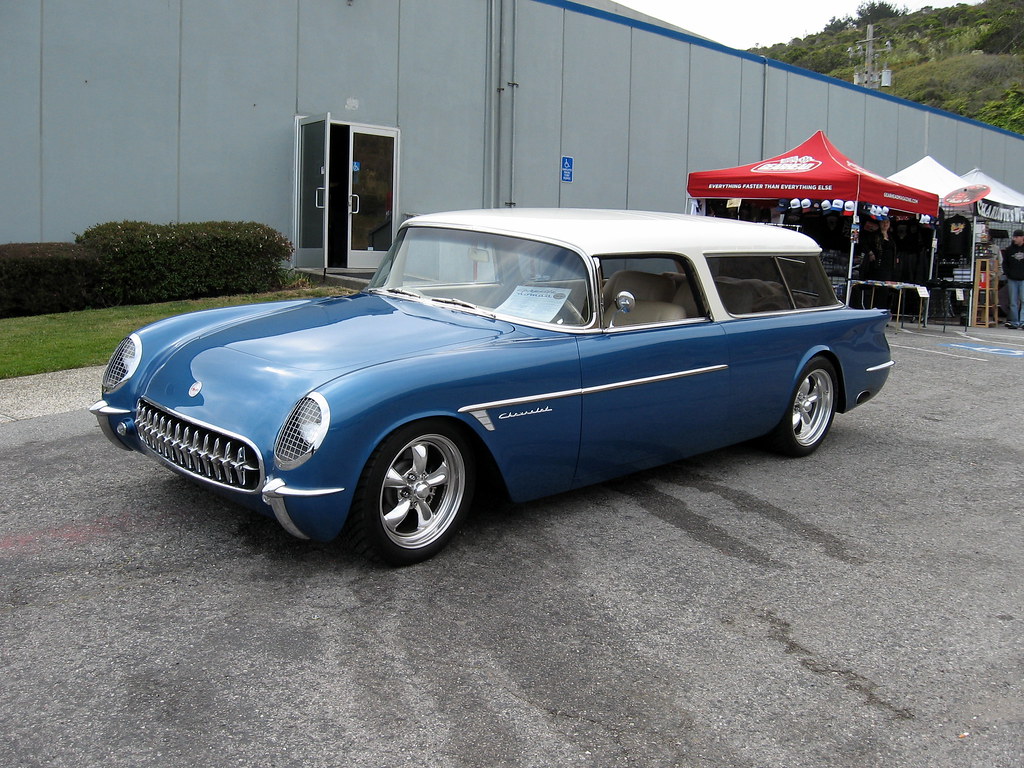
6. **Chevrolet**
Chevrolet earns its place at number six in the Consumer Reports ranking, with an average 10-year ownership cost of $5,550. The brand is recognized for offering “quite reasonably priced replacement parts,” which contributes significantly to its overall affordability for drivers. On average, most commonly replaced Chevrolet parts cost around $150, making maintenance a less financially burdensome prospect.
Models such as the Spark, Enjoy, Cruze, and Trailblazer are highlighted as examples of Chevrolet vehicles that benefit from these economical parts. Specific component costs reinforce this, with a shock absorber typically priced at $177, front brake pads at $90, and an oil filter for a modest $20. Even a spark plug can be found for as little as $9, illustrating the brand’s effort to keep individual part expenses low.
These affordable parts, combined with the brand’s reliability, result in manageable maintenance costs. The average annual maintenance cost for a Chevrolet car hovers around $545. Furthermore, Chevrolet has consistently maintained its position in the top 10 reliable car brands listed by JD Power, reinforcing the idea that reliability and affordable parts can indeed go hand-in-hand.
The combination of reasonably priced parts and consistent reliability makes Chevrolet a strong contender for drivers seeking long-term value. The brand successfully offers vehicles that are not only accessible in their initial purchase but also economical to maintain over a decade, providing peace of mind for owners concerned about ongoing expenses.
Read more about: Are Driver-Assist Systems Really Safe? A Comprehensive Consumer Reports Review and Real Owner Insights on Close Calls
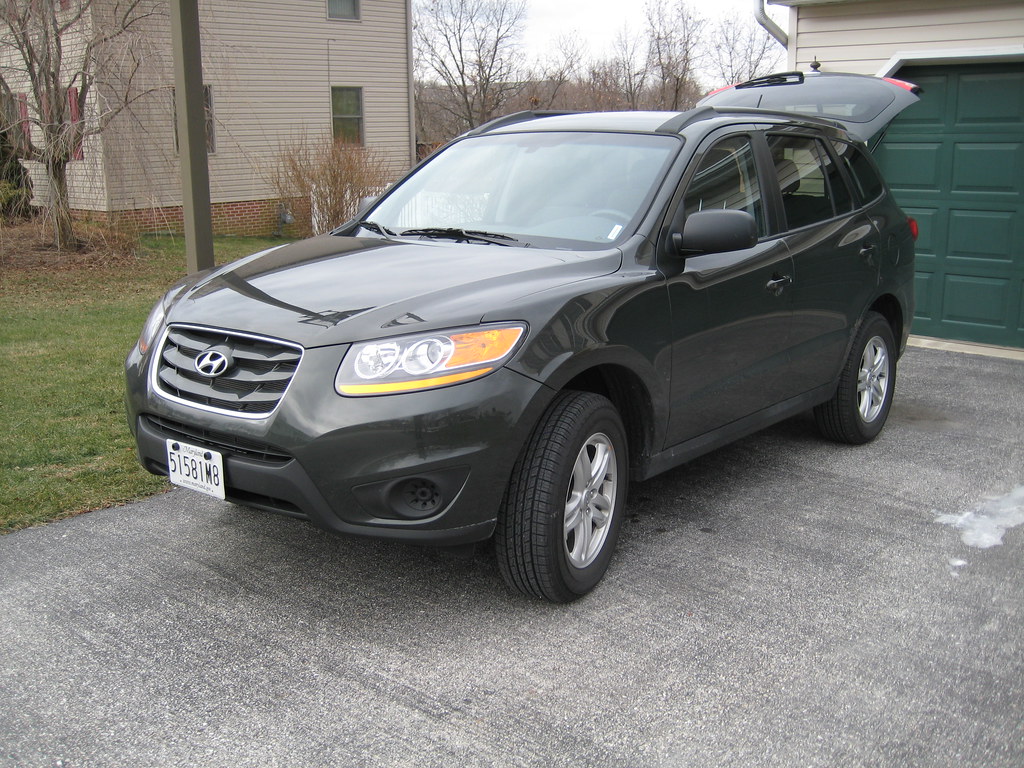
7. **Hyundai**
Hyundai has shown remarkable improvement over time, both in terms of reliability and overall ownership cost, securing the seventh position in the Consumer Reports study with a 10-year cost of $5,640. This improvement is partly attributed to the brand’s commitment to offering competitively priced replacement parts, with an average cost of $167 for most common components.
This affordability in parts is particularly evident in models like the Venue, Kona, Accent, and Elantra. For instance, a shock absorber for a Hyundai typically costs around $132, front brake pads are about $71, and an oil filter is available for just $13. These prices demonstrate Hyundai’s strategy to keep running costs down for its customers.
Hyundai cars come with an affordable maintenance program. The average annual maintenance cost for Hyundai cars is roughly around $468, with repairs rounding out to approximately $420 annually. This makes Hyundai an attractive option for budget-conscious drivers who also value reliability. The brand has proven to be fairly reliable over time, experiencing comparatively fewer breakdowns and repairs than some of its rival brands.
It is also worth noting that Hyundai, alongside Kia, provides powertrain warranties that are often twice as long as many competitors. While these extended warranties haven’t propelled them to the very top of the ownership cost list, they certainly offer an added layer of financial protection and reinforce the brand’s commitment to long-term customer satisfaction and reduced ownership stress.
Read more about: Are Driver-Assist Systems Really Safe? A Comprehensive Consumer Reports Review and Real Owner Insights on Close Calls
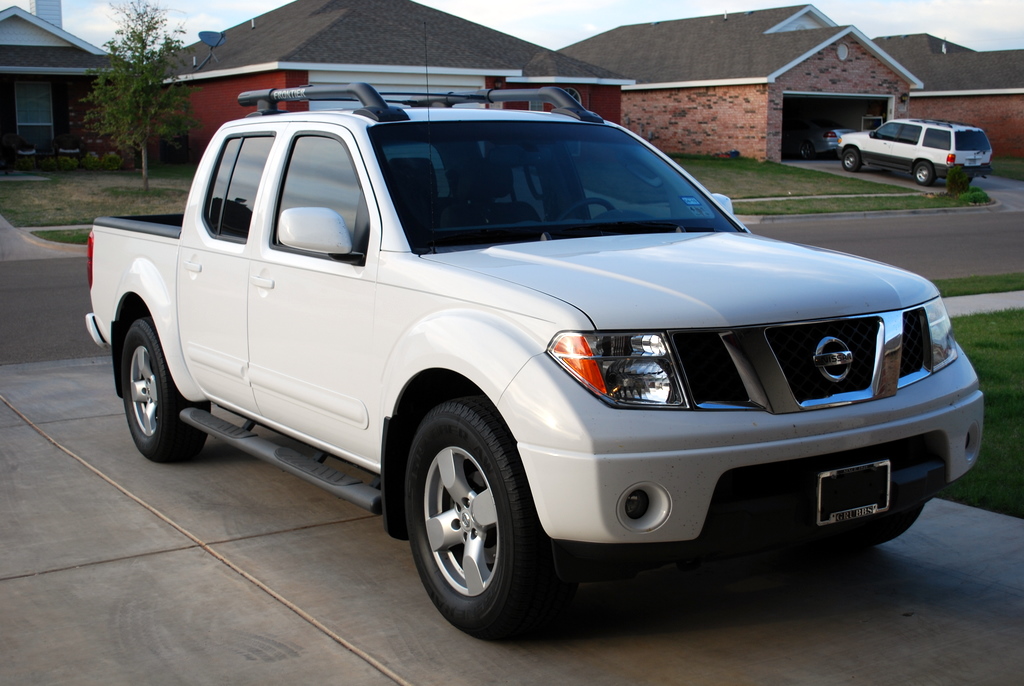
8. **Nissan**
Nissan secures the eighth spot on our list of car brands with impressive 10-year ownership costs, estimated at $5,700. This competitive figure highlights Nissan’s consistent value proposition, demonstrating its ability to offer vehicles that are not only accessible to purchase but also economical to maintain over the long haul. It’s a brand proving you don’t need to overspend for reliable transportation.
A significant factor in Nissan’s favorable long-term costs is its approach to replacement parts. The brand has maintained “quite decent” pricing for these components across most models, averaging around $145 for common replacements. This strategy effectively reduces potential repair bills, with models like the Kicks, Altima, Pathfinder, and Versa known for their affordable parts.
To illustrate, a shock absorber for a Nissan can be around $95, front brake pads approximately $97, and an oil filter a mere $13. These transparent individual component prices prevent essential repairs from becoming overly expensive, easing financial burdens on owners.
This affordability directly impacts overall repair and maintenance costs. On average, Nissan owners face annual repair costs around $280 and overall annual maintenance costs near $500. Furthermore, Nissan has a solid reliability reputation, scoring “an impressive 4.0 out of 5.0 in recent reliability ratings from Repair Pal.” This combination makes Nissan a strong, budget-friendly choice for long-term ownership.
Read more about: Are Driver-Assist Systems Really Safe? A Comprehensive Consumer Reports Review and Real Owner Insights on Close Calls
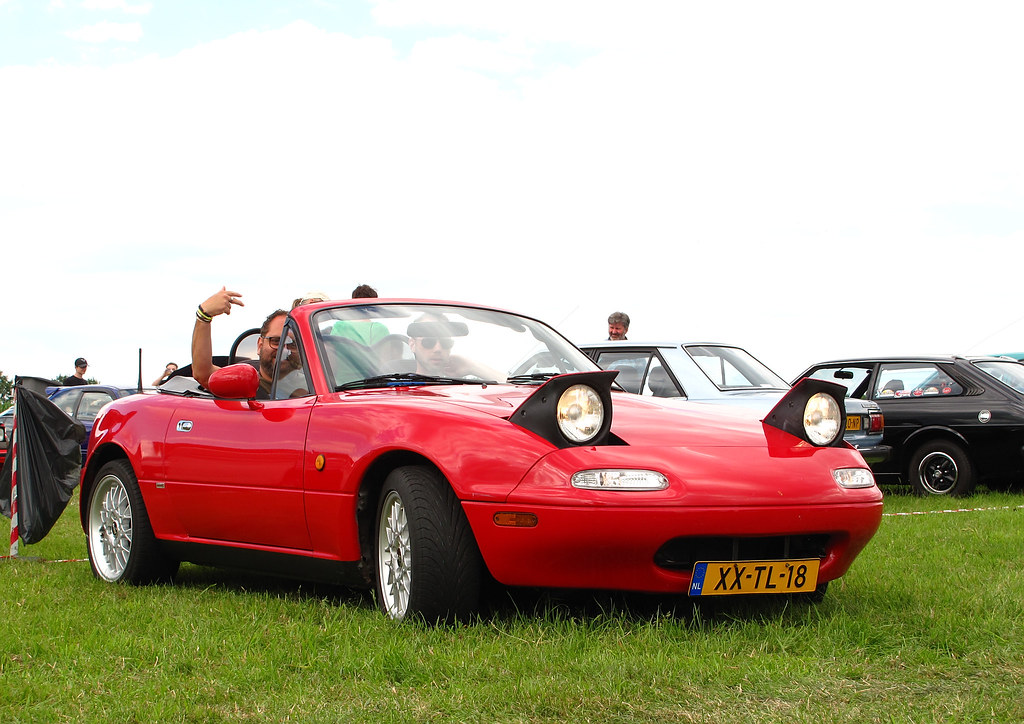
9. **Mazda**
Zooming into our ninth spot, Mazda secures its place on the Consumer Reports ranking with an estimated 10-year ownership cost of $5,800. While celebrated for its engaging driving dynamics and premium feel, Mazda’s appearance here confirms a surprisingly budget-friendly long-term ownership experience, delightfully combining fun-to-drive with being easy on the wallet.
The Mazda3, for instance, perfectly showcases this value. Over a 10-year period, its expected maintenance and repair costs total approximately $5,409. These costs are competitive, starting at $186 in the first year and gradually rising to $1,013 by the tenth, demonstrating a manageable progression of expenses for owners.
Beyond the overall cost, the Mazda3 also boasts a reasonable 16.2% probability of needing a major repair over a decade. This figure suggests that while all cars require attention eventually, the likelihood of a significant, budget-straining issue with a Mazda3 is kept in check, thanks to the brand’s focus on quality and accessible design.
Mazda’s ability to blend stylish design, an upscale interior, and an engaging driving experience with controlled long-term costs is a testament to its engineering. For drivers who appreciate a car that feels more expensive than it is to own, Mazda offers a compelling package, proving that a rewarding driving experience doesn’t demand exorbitant maintenance or repair bills.
Read more about: From Workhorse to Dream Machine: 10 Pickup Trucks Owners Absolutely Love—or Desperately Regret
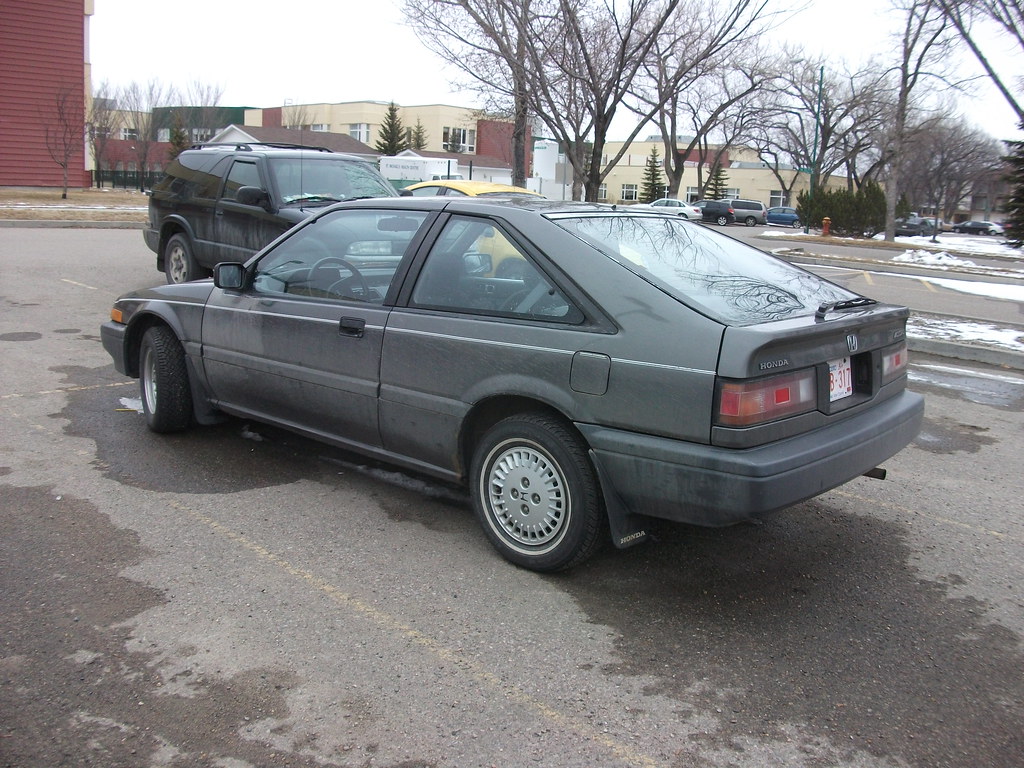
10. **Honda**
Cruising into the tenth spot on our list, Honda reinforces its enduring commitment to value with an estimated 10-year ownership cost of $5,835. Long synonymous with reliability and efficiency, Honda’s strong ranking here solidifies its reputation as a smart choice for drivers prioritizing long-term financial prudence.
A key contributor to Honda’s impressive affordability is its “pretty generous” replacement part pricing, with an average of $145 for most common components. This strategy is evident in models like the Odyssey, HR-V, Civic, and Accord. For instance, a shock absorber costs around $104, front brake pads $80, and an oil filter a modest $18, keeping individual repair expenses in check.
Combining these “cheap replacement parts cost and high reliability of cars” results in “incredibly low maintenance cost.” Honda owners spend “as low as $428 on the annual maintenance of their cars,” with average annual repair costs around $380. These remarkably low figures make Honda an excellent choice for minimal ongoing expenses.
Honda’s consistent presence near the top of reliability charts and its commitment to affordable parts and maintenance truly make it a standout. This blend of dependable engineering and a cost-conscious approach ensures that owning a Honda remains a financially sound decision for a decade or more, offering genuine peace of mind.
Read more about: Are Driver-Assist Systems Really Safe? A Comprehensive Consumer Reports Review and Real Owner Insights on Close Calls
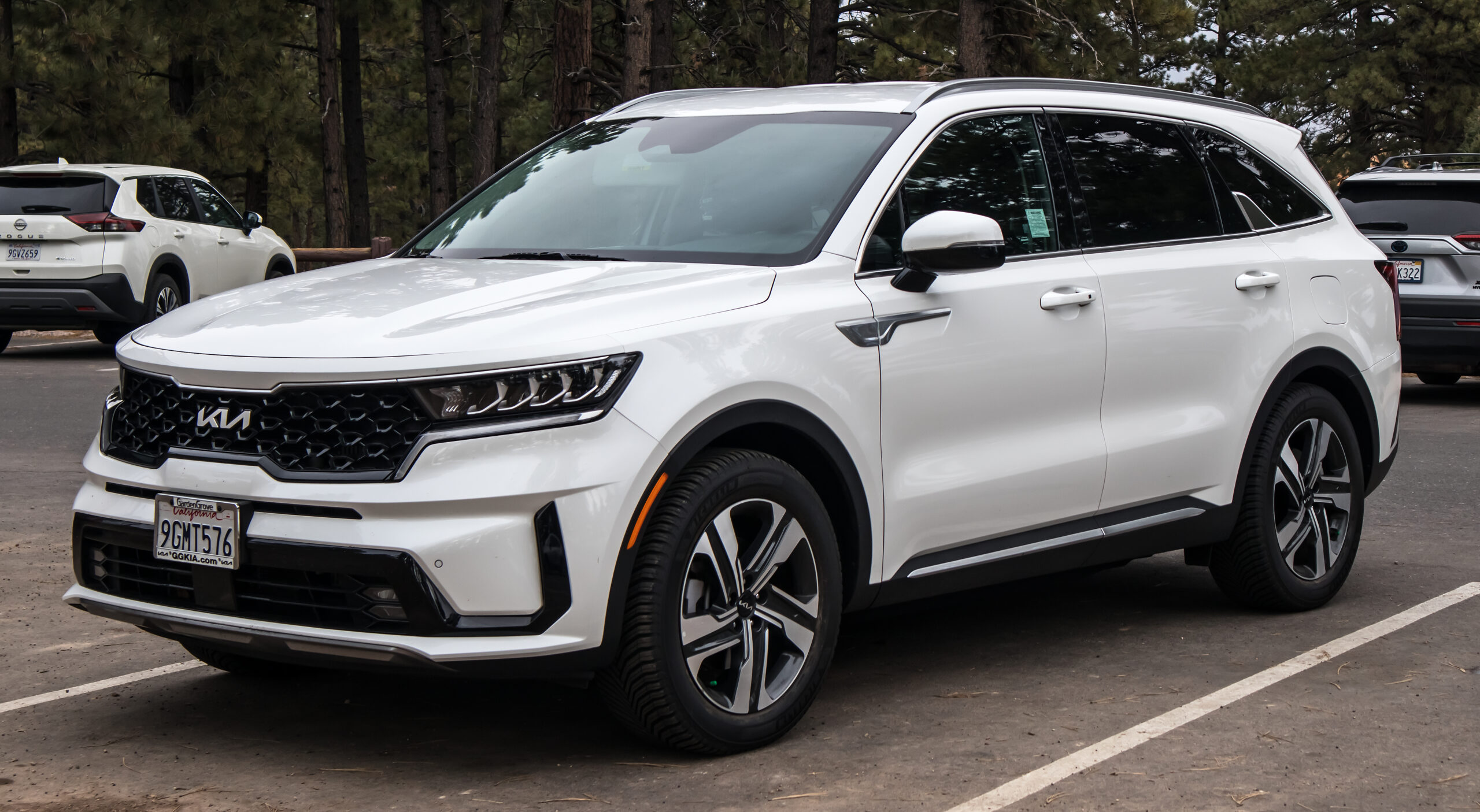
11. **Kia**
Accelerating into number eleven, Kia earns its spot with an estimated 10-year ownership cost of $5,850. The brand’s significant improvements in recent years, shedding older perceptions, make it a strong contender in both reliability and affordability, reflecting a concerted effort to deliver exceptional value.
A key factor in Kia’s favorable long-term cost is its competitive replacement part pricing, averaging $159 for most common components. This is evident in models like the Soul, Seltos, Sportage, and Rio. A shock absorber is around $125, front brake pads about $67, and an oil filter a remarkably low $8, ensuring routine maintenance and repairs remain manageable.
Beyond affordable parts, Kia cars are “utterly reliable as well,” scoring “almost 4.0 out of 5.0 in Repair Pal’s reliability ratings,” and ranking “at the top three amongst the 32 brands that were surveyed.” Annually, Kia maintenance costs approximately $474, demonstrating a balance of quality engineering and economical upkeep.
Adding extra financial protection, Kia, like Hyundai, “provides powertrain warranties that are often twice as long as many competitors.” While not solely determining its ranking, these extended warranties offer significant peace of mind and reinforce the brand’s dedication to customer satisfaction and reduced ownership stress long-term.
Read more about: Are Driver-Assist Systems Really Safe? A Comprehensive Consumer Reports Review and Real Owner Insights on Close Calls
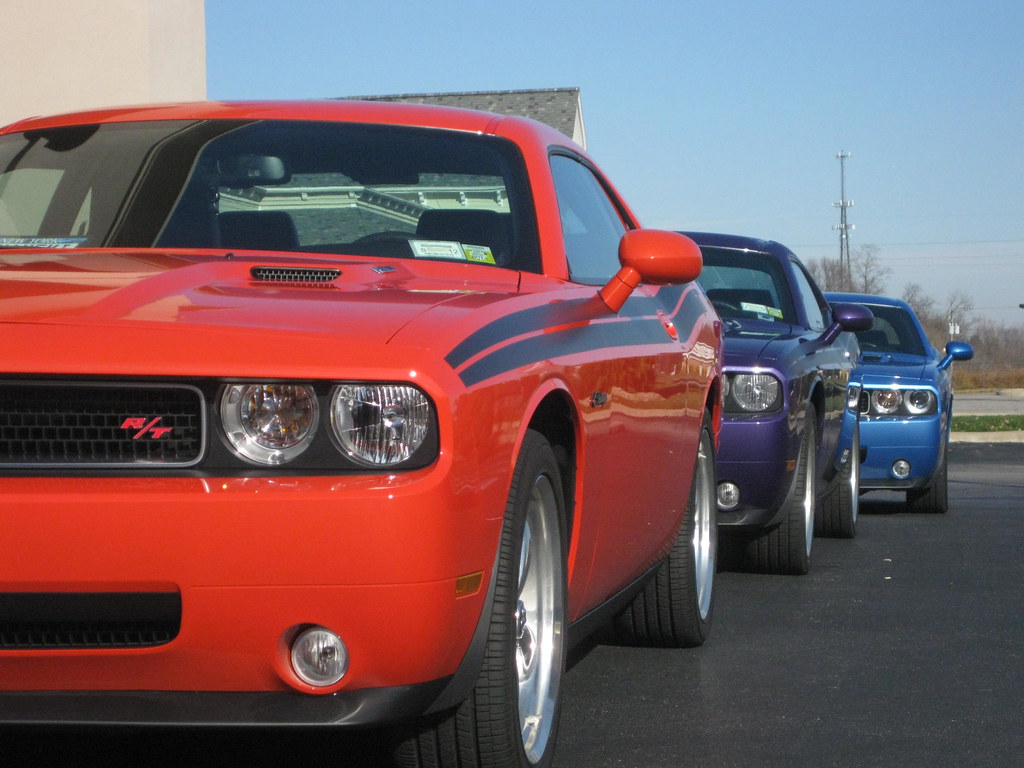
12. **Dodge**
Claiming the twelfth spot (tied with Jeep) on our Consumer Reports list, Dodge averages $6,400 for 10-year ownership costs. While known for powerful muscle cars and robust SUVs, its presence here shows the brand can offer a more financially accessible long-term experience than often perceived, proving performance doesn’t always demand exorbitant upkeep.
As a domestic brand, Dodge benefits from advantages in parts accessibility and pricing. Generally, domestic brands enjoy wider parts availability and more competitive pricing due to larger production volumes and robust local networks. This often translates into more manageable repair bills compared to some imported or niche brands.
While specific part cost details for Dodge aren’t explicitly provided, its solid placement in the Consumer Reports study points to a favorable overall cost structure. This means cumulative expenses over a decade remain reasonable, making it a viable option for those mindful of their long-term budget, even with varying individual repair incidents.
The article highlights that “buying the wrong car can cost you as much as $15,215 dollars more than necessary over a decade.” Dodge’s $6,400 ranking positions it well below the most expensive brands, aligning its ownership profile with smart spending, especially for drivers who value its distinctive American style and performance while managing their budget.
Read more about: Unleash the Beast: Exploring Pickup Trucks with Unrivaled Towing and Payload Capabilities
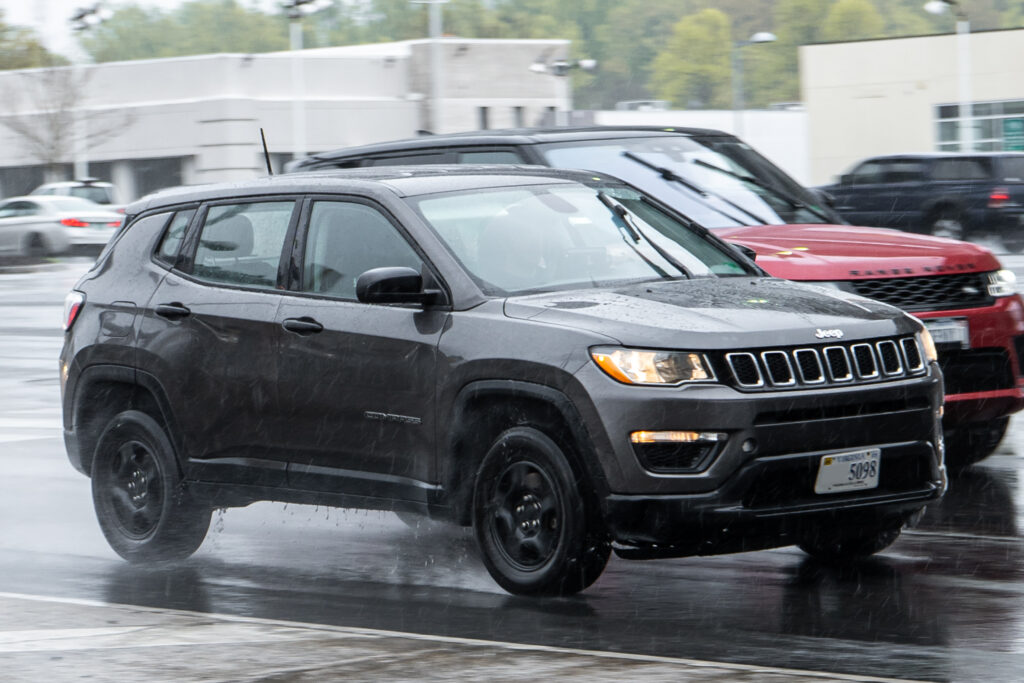
13. **Jeep**
Also tying for the twelfth spot with Dodge, Jeep earns its place with an average 10-year ownership cost of $6,400. Renowned for rugged off-road capabilities, Jeep surprisingly demonstrates affordability in its long-term maintenance, showcasing a blend of durability and practical ownership.
Jeep truly stands out for “cheap replacement parts cost,” averaging around $145 for most common components. This commitment to reasonable pricing is evident in models like the Compass, Wrangler, and Renegade. For instance, a shock absorber costs approximately $96, front brake pads $70, and an oil filter a modest $20, collectively limiting individual repair expenses.
Annually, Jeep cars demand approximately $570 for maintenance. While its reliability rating of 173 (29th among 40 brands in a dependability review) might suggest room for improvement, the affordability of its replacement parts helps significantly offset potential repair costs, contributing to its respectable position on this list.
Ultimately, Jeep’s presence underscores that a vehicle designed for robust performance can still be a sensible financial choice long-term. For enthusiasts craving capability and adventure, Jeep offers a path to enjoying their passion without the sky-high maintenance bills often associated with other specialized vehicles.
Read more about: Unleash the Beast: Exploring Pickup Trucks with Unrivaled Towing and Payload Capabilities

14. **Chrysler**
Securing the fourteenth position on the Consumer Reports list, Chrysler presents an average 10-year ownership cost of $6,500. As an iconic domestic brand, Chrysler blends classic American style with practical functionality. Its inclusion here means owners can expect manageable long-term financial commitments while enjoying a comfortable and often spacious ride.
Chrysler, sharing platforms and components within its automotive family (like Dodge and Jeep), benefits from widely available parts. This commonality generally fosters a competitive aftermarket, contributing to more affordable replacement options. Such accessibility through broad dealership and aftermarket channels helps keep repair costs down for consumers.
While specific part cost breakdowns for Chrysler are not detailed in the context, its Consumer Reports ranking implies that total accumulated maintenance and repair costs over a decade are significantly lower than many brands, especially luxury segments. This makes Chrysler an appealing option for those prioritizing space, comfort, and sensible economics.
Industry experts, like Steven Elek, note “the difference to maintain a car on average between some brands can be thousands over a 10-year time frame.” Chrysler’s consistent low ranking helps owners avoid higher-end expenditures, reinforcing its appeal as a practical choice for long-term value and reassuring potential buyers of manageable ownership.
Read more about: Unleash the Beast: Exploring Pickup Trucks with Unrivaled Towing and Payload Capabilities
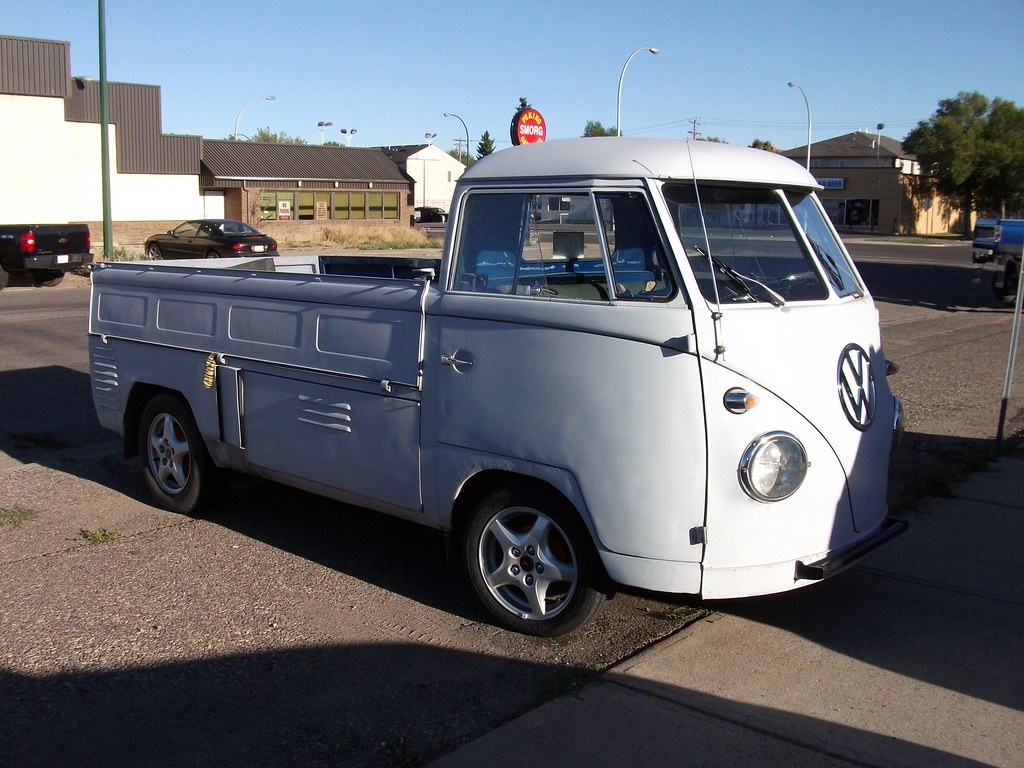
15. **Volkswagen**
Rounding out our comprehensive list at number fifteen, Volkswagen holds an estimated 10-year ownership cost of $6,530. Although its “replacement parts aren’t the cheapest in the automotive market,” Volkswagen earns a “respectable spot” due to a balanced overall cost profile and competitive part pricing compared to higher-tier brands, showcasing enduring value.
Volkswagen achieves this balance with an average price of $169 for most common replacement parts. Models like the Polo, Jetta, Tiguan, and Passat contribute to this favorable average. Individual costs are also contained: shock absorbers are around $141, front brake pads approximately $50, and oil filters a modest $16, helping control overall repair expenses.
In terms of reliability and maintenance, Repair Pal indicates Volkswagen cars need “around 0.5 visits to a repair shop” annually, with “the chances of that repair cost being severe is close to 11%.” The average annual maintenance cost is $676. This combination of moderate repair frequency and reasonable annual costs makes Volkswagen a predictable and budget-friendly option.
Volkswagen’s ability to offer a sophisticated driving experience and distinctive European styling without a heavy long-term financial burden makes it attractive. For drivers appreciating refined rides and solid engineering, Volkswagen proves quality and enduring value can coexist, making it a smart and satisfying investment over a decade of ownership.
**Why Do Some Brands Have Cheap Parts, and Others Expensive?**
Ever wondered why replacement part costs vary wildly between car brands? It’s not random; a multitude of factors determine whether parts are wallet-friendly or budget-busting. Pricing is heavily influenced by availability, production capability, demand, and unique company specifics, forming a complex ecosystem impacting your repair bill.
A significant factor is production volume. Brands like Ford, Honda, and Toyota mass-produce vehicles and parts, benefiting from economies of scale where higher volumes lead to lower unit costs. Conversely, luxury or niche brands, with lower sales, have reduced production volumes for exclusive parts, resulting in higher per-unit costs for consumers. Additionally, parts imported from other countries incur duties and taxes, further inflating prices at retail.
**How to Buy Parts Cheaper?**
Now that we know why parts cost what they do, let’s strategize for cheaper purchases! Major ways include buying online or opting for aftermarket parts instead of Original Equipment Manufacturer (OEM) parts. However, this isn’t a simple click-and-buy scenario; you must consider the part type and retailer carefully.
For non-critical components, like aesthetic elements or parts not responsible for major mechanical functions, aftermarket options can save substantial money without high risk. While finding genuine OEM parts online is challenging, online shopping is ideal for aftermarket needs when you’re not time-constrained. OEM parts, made by the car’s manufacturer, guarantee exact fit and often come with a warranty, but can be “up to 60% more expensive” than aftermarket alternatives.
So, strategically choose aftermarket for less critical repairs. But critically, “never go with aftermarket parts in case of a collision repair” due to potential fit and safety issues, and “avoid aftermarket parts for major repairs like engine components, transmission repair, or clutch kit.” When buying aftermarket, stick to trusted brands and, if online, research thoroughly, compare deals, and read reviews to ensure quality.
Read more about: Are Driver-Assist Systems Really Safe? A Comprehensive Consumer Reports Review and Real Owner Insights on Close Calls
There you have it—a comprehensive look at 15 car brands that are truly championing affordable ownership in the 2024 lineup, proving that savvy spending on your vehicle’s long-term health is absolutely within reach. From pioneering EVs to reliable domestic workhorses and international mainstays, these brands demonstrate that minimizing maintenance and repair costs over a decade can significantly boost your financial peace of mind. Remembering Steven Elek’s insight that “the difference to maintain a car on average between some brands can be thousands over a 10-year time frame,” choosing wisely from this list isn’t just about saving a few bucks; it’s about making a genuinely smart investment in your future on the road. Drive on, knowing your mechanic’s secret is now out!


